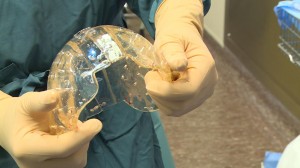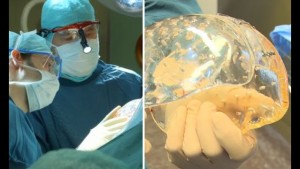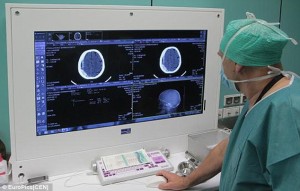





I for one am beyond thrilled to see what the Powers that Be come up with next in the ever-growing world of 3D printing. And no matter what that may be, for today, I’m content to know that my childhood dream of becoming the next Bionic Woman is a little less out of reach than before.

 Laptop & Tablet Parts
Laptop & Tablet Parts




















